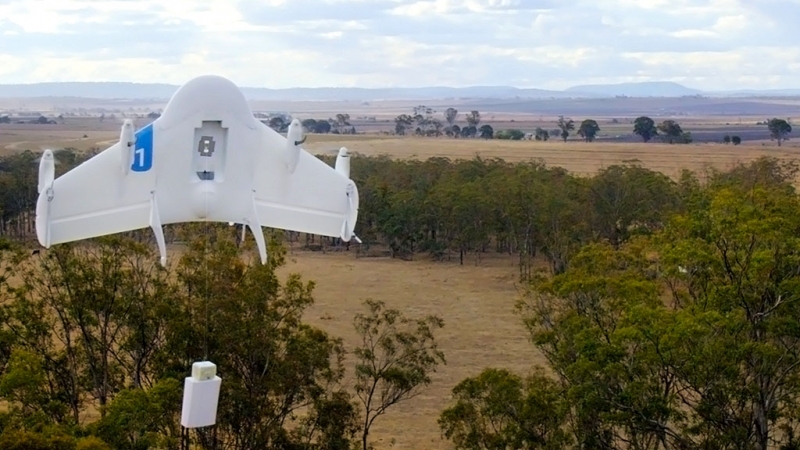 Prepare yourself for bad puns because Google X’s drone project is taking off.
Prepare yourself for bad puns because Google X’s drone project is taking off.
Engadget reports that two UAVs built by Google, code named the M2 and the B3, were registered with the FAA this month in the U.S. The M2 was listed on October 2nd, and the B3 was listed on October 7th.
This is after Google X’s Project Wing didn’t work out well, even after much testing in Australia. In March, it was announced that the organization was working on a new design, presumably the two drones registered this month. Maybe these are the drones Google X has been looking for.
In August, the Guardian wrote that Google X’s dealings were less than upstanding and said that the company was avoiding some FAA rules as well as using their connections with NASA to test drones in California. Now, based on the fact that two Google drones appear in the FAA registry, it appears that Google is working within regulations.
The two drones were registered by Google’s Boulder, CO, office and both are fixed-wing aircraft with two electric motors, and weigh less than 55 pounds. Since each drone has a distinct model number, it’s possible that there are two different designs.
Google X has indicated plans to update the drone project this year, and I hope to hear some information out of Google soon. That way I can stop droning on and on about possibilities, and report more details.
https://www.techspot.com/news/62412-two-delivery-drones-built-google-soon-tested-us.html